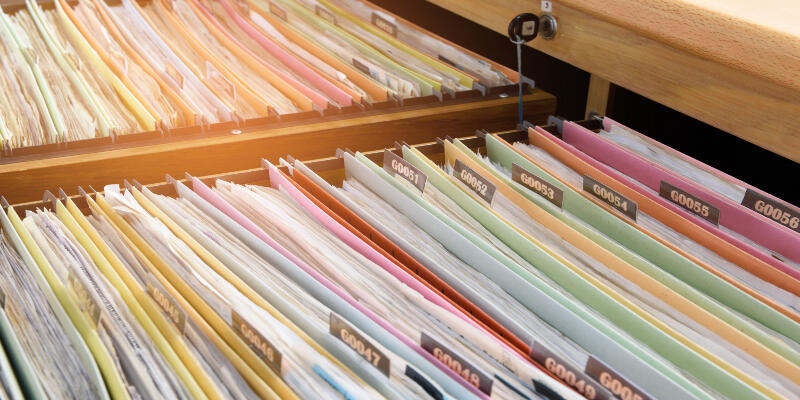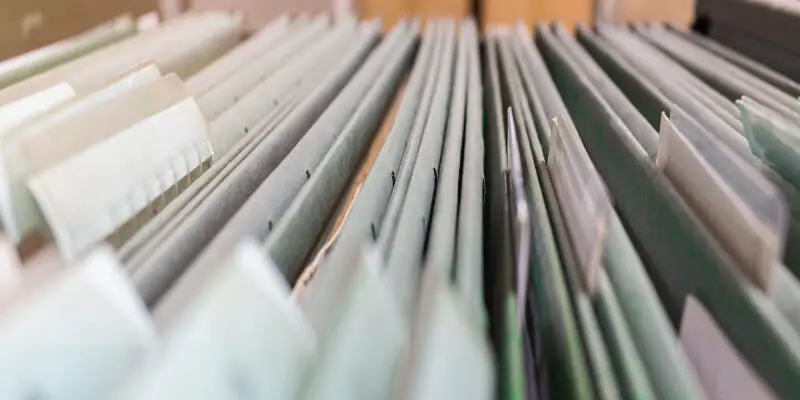Disclaimer: This post may contain affiliate links, meaning we get a small commission if you make a purchase through our links, at no cost to you. For more information, please visit our Disclaimer Page.
Files on the computer are filling up. What should you do?
You can store your files on the D drive if the C is full of data. You can also store your essential files here or as a recovery option. But ensure that you do not store the files in the partition where you have your windows installed.
When installing applications on the computer, you can choose where to install them at either D or C drive. In this article, I will discuss the purpose of the D drive on your computer. Also, I will show you how you can store the files on the D drive and much more. Read on!
Table of Contents
Can I Store Files on the D Drive?
There is a reason your computer comes with two separate drives, and you can store your data on both drives. Since you can store some files on the D drives, it is easy for you to install a new Windows.
You can always store your most important files on the D drive such that when cleaning up the computer, you can remove the OS on the C drive and reinstall a new one without tampering with the files on the D drive.
You can create various folders on the D drive, such as documents, downloads, graphics, music, photos, and much more. If you download anything, you can direct it to save it in these folders.
Usually, the space on the D drive will always be much smaller since it is not the primary storage drive. So, it is essential to set it up to store essential files.
As you create the folders on the D drive, ensure you subdivide them so that it is easy to retrieve what you want. In each of the folders, it’s recommended to hold a maximum of about 250 files. If you have more than this, then look for a way to subdivide it.
Even though it is okay to store files on the D drive, it is always essential to have a backup. Ensure you backup the data regularly to be safe if you lose your computer data. The C and the D drive are part of the hard disk.
If the disk fails, it may delete everything that it contains, including the data on the D drive hence the need to create a backup.
Also, the performance on the D drive may be much slower, unlike that of the C drive. So, store data that you do not mind about the performance on the D drive.
What is the D Drive Used For?
The D drive is usually a partition from the primary drive, which helps store specific files. Typically, your computer has one hard drive, which has two partitions. The C partition has more space than D.
The D drive acts as the system recovery part where the manufacturer places the system restoration files. Some system restoration files that the D drive stores include HP and the ASUS.
As the recovery storage for the computer, it will help you get back your data in case anything goes wrong with your computer. Also, the D drive provides additional storage for things such as data, documents, games, program files, and much more.
You can always direct your files here when the C drive fills. But the functioning of the D drive will depend on the configurations on your computer.
How Can I save Data on My D Drive?
When saving data on your computer, most of it goes to the C drive. For your most important files, direct them to a safer drive, the D drive, a data restoration drive, or the default save location.
The C drive usually holds most of your data and will most frequently fill up, hence considering saving some of your data on the D drive. Some people usually opt to transfer some space from the D drive and add it to the S drive.
While this is a great option, you need to consider the risks when reinstalling a new operating system in the computer. So, how do you save data on the D drive?
Step 1: Open the file explorer
While on the file explorer, navigate to the D drive. Usually, most computers will have the C and the D drive in the same space, and you should not have any issues identifying it.
Step 2: Create folders
The D drive is usually empty with no folders such as documents, music, and downloads like those on the C drive. To quickly retrieve your data after storage, it is essential to create such sections.
To create the folders, right-click on the D drive space, navigate to the option “new folder,” and click on that. Then, name your folder, and you can create as many folders.
Step 3: Open the Registry Editor
Once you create the folders, close the file explorer. Then open the Registry Editor, which should be on the same page. Double click this option {F42EE2D3-909F-4907-8871-4C22FC0BF756} on the Registry then click OK.
Step 4: Close the registry
Once you set the data value of the registry, close it and restart the computer. You can now save your files to the folders you create since they are now separate for the D drive itself. You can use the copy-paste option or drag the files to the folders to save the data.
Can I move Program Files to D Drive?
Program files might occupy a lot of space on the C drive, so you might want to move them to the D drive to create some space. Also, you may want to store specific programs on the D drive, maybe for safety reasons.
You can move program files on the D drive. If you download a particular program, you can direct it to save on the D drive instead of the C drive. Also, when downloading the program files, you can store them in the C drive.
But when installing them, direct the files to install in the D drive such that even when you delete the file on the C drive, you will still be able to use it.
However, if you download the files and install them on the C drive, it is impossible to move them to a D drive or any other storage space in the computer.
Moving installed programs from C drive to D drive will affect how they work, and most probably, they will not work at all while there.
How to Save Data on D Drive?
Using Windows Settings
Uninstalling applications on the C drive so that you can install them on the D drive can be a tedious process. You can successfully transfer your data using the windows settings.
Here you can use the Apps & Features or Apps & Games, which are in the windows settings, to transfer and save your data in the D drive.
When saving, start by opening the file containing them, then go to settings and open the folder. Right-click here and select move to D drive, and this data will move here.
Using PC transfer software
Instead of manually installing and uninstalling the apps from your computer, you can transfer the data using PC software, and it will automatically save in the D drive. With this tool, you drag and drop your program.
Once it finishes the transfer, restart your PC to make changes on the drive and save the data. You can now access your files from the D drive.
Conclusion
The D drive is always a great alternative to store your data so that you can save on space and offer protection to your data if the OS fails.
However, it is vital to have a backup of your files because the D drive is usually part of the entire hard drive. Use the insights above to transfer and save program files and other data on the D drive.


